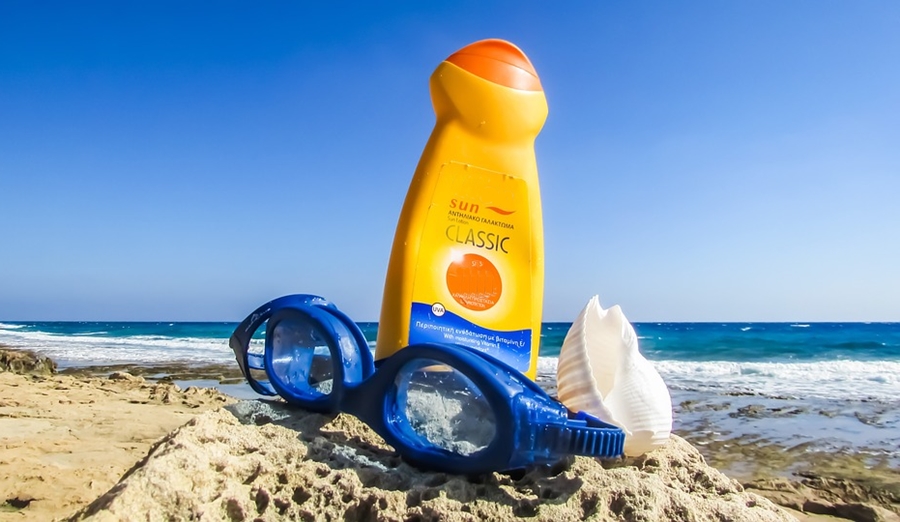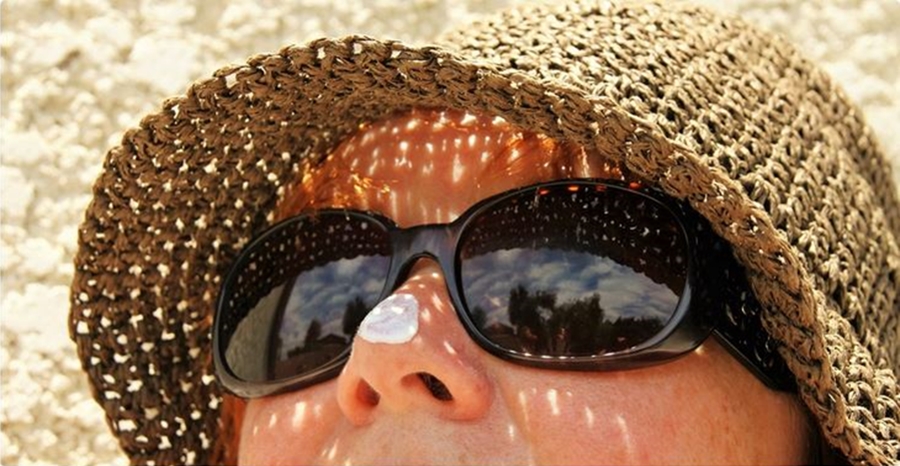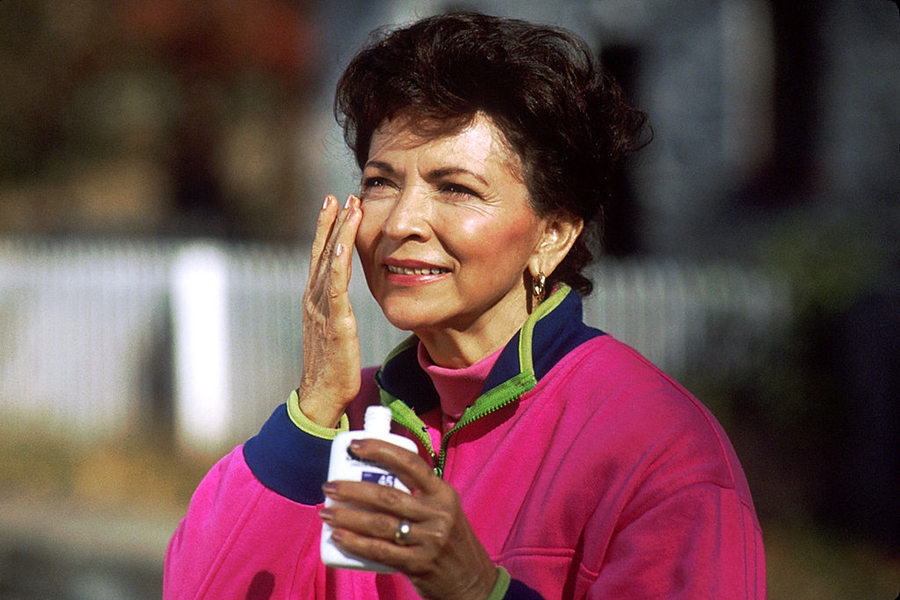We all know that we should not go out into the sun for any prolonged period of time without sunscreen. But do you know all the basics (and some finer points) of a solid sunscreen routine? Let’s review 12 sunscreen facts and rules!

Chemical or mineral: Chemical sunscreens absorb ultraviolet radiation and then neutralise it, releasing heat. Mineral sunscreens (also called physical sunscreens or sunblocks) act as a barrier that reflects the sunlight away from your skin. Both have shortcomings: chemical sunscreens can irritate sensitive skin and physical sunscreens can leave a white cast. Some manufacturers mix chemical sunscreen ingredients with some physical sunscreen ingredients to create a formula that is easier to apply.
What strength to choose: Sun protection factor (SPF) 30 should do it for most of us, regardless of skin tone (yes, people with dark skin need sunscreen too). If you find that you are still getting burned, try a higher SPF. Make sure that your sunscreen offers protection from both UVA and UVB rays.

How to match it to your skin type: Non-comedogenic sunscreens are designed for oily skins and sunscreens with moisturizers will keep dry skin hydrated. If your skin is sensitive, opt for an unscented, hypoallergenic sunscreen and test it on a small area (inside the elbow or behind the ear) to ensure that it does not irritate your skin.
Cream, lotion, gel, foam or spay: Sunscreens come in different forms, and all are good. However, it has been noted that it is easy to miss areas when applying sprays.
When to apply: Apply chemical sunscreen at least 15 minutes before going out into the sun. There is no waiting period for physical sunscreens.

How to apply: When getting ready for the beach, be sure to apply sunscreen with your clothes off. That way, you are less likely to miss a spot. Pay special attention to frequently overlooked areas, such as the top of the ears, the back of the neck, the back of the hands, and the top of the feet.
How much to apply: To protect your whole body, you will need about 25 to 30 millilitres (one full shot glass) of sunscreen. For the face only, a teaspoon will do.
How often to reapply: Apply your sunscreen every two hours or so, and more often if you are sweating or swimming. If you are wearing makeup on your face, your go-to solution is powder with SPF.
Before or after facial moisturiser: This is a controversial subject. To avoid the dilemma altogether, opt for a facial moisturiser with SPF. However, never directly mix sunscreen and moisturiser that are manufactured as two separate products.

SPFs do not accrue: It is fine to layer two (or more) products containing SPF, but be aware that the factors do not add up. Applying two products, each with SPF 15, does not give you protection factor 30!
It’s a year-round, all-weather thing: Wear sunscreen year-round, even on cloudy days. Be especially wary of overcast summer days!
Mind the expiration date: You don’t have to throw away your sunscreen the moment it reaches the expiration date, but do check for changes in texture or smell.

Other common-sense rules stipulate that you should avoid the sun at midday and wear protective clothing and a hat when spending long stretches of time outdoors (for example, hiking or gardening). Sunglasses are a must whenever you go out during the day!
And remember: while unprotected excessive sunlight can cause extreme damage and serious health problems, moderate exposure to the sun is good for us. Read more about that aspect in Alison Loves blog post entitled Do not shun the sun.








